Prunes are the fruits of the flowering plant Prunus domestica, belonging to the Prunoidae subfamily of the Rosaceae family. Usually, the tree species reaches a height of 9 to 26 ft. The flowers of the plant are white, with the tree blooming with them even before the leaves appear.
For their part, the leave of prunes are distinguished by an ellipsoid form and green color. They vary in sharpness. The fruits of this flowering plant are ready to eat toward the end of the summer. You can recognize them by their elongated or ellipsoid shape, as well as their blue fleshy skin, which is in some spots colored more purple than blue.
While ripening, the flesh of the fruit is sour to the taste and greenish in color. Gradually, the taste sweetens, while the flesh turns yellow. Once the fruit is completely ready for consumption, it is quite juicy and pleasant to the taste. Naturally, the taste of the various species is not the same, some being sweeter than others. Prunes thrive mainly in Europe and Asia, having a tendency to grow in different soil types.
History of Prunes
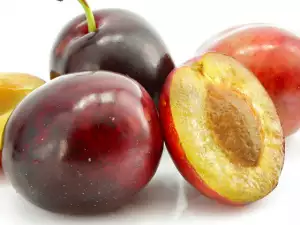
Based on some sources, prunes were cultivated in China, eventually spreading west and to other regions around the world. Our ancestors even used these fruits for food 2 millennia ago. And to enjoy their taste longer they used various techniques for preserving them. Often they resorted to drying this food product.
Composition of Prunes
Prunes are a source of a heap of healthy substances. These include pectin, tannins, organic acids, vitamins B1, B2, PP, C, potassium, magnesium, iron, phosphorous.
Storing Prunes
If you don't have the means of growing these delicious fruits yourself then you'll definitely find them in the supermarket. When choosing prunes don't pick ones that are too soft since in general prunes don't last long and if they are already in this state they would spoil extremely fast if not consumed right on the spot.
But otherwise, drying is a well-known method of preserving and storing prunes. Choose shiny, wholesome and stretchy fruits that have no signs of mold or any other disease/damage. Wash them well and towel them off, then leave them to dry in a sunny area for no more than 10 days.
Having gone through the drying process, the prunes become relatively smaller, shrunken, black colored, glowing. Their flesh darkens and gains a brownish color. They contain a high amount of nutrients and are incredibly healthy. A downside is that they won't last long unless stored in a paper bag at a temperature of 50°F (12 °C).
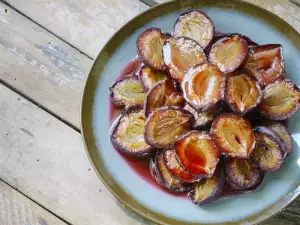
If stored in a humid area, unwanted microorganisms may develop in the fruits. Normally, with proper storage in a dry place, the products will retain their shelf life for up to a year. When you've decided that it's time to eat the dried prunes you can soak them in water for about 1-2 hours beforehand since they will be severely dehydrated and hard. Prunes can be stored in the freezer as well. If doing so, it's not a bad idea to wash them first, then dry and remove their pits.
Benefits of Prunes
Prunes have always been famed as a very healthy food product but lately it's as if experts have been sounding the horn even louder as to the unbelievable benefits provided by their consumption. Over the years, scientists have found that these tasty fruits act diuretic, antidiabetic, hypotensive, purifying, choleretic and tonic. If you're suffering from lazy bowels, eating these fruits can only benefit you.
Numerous studies indicate that they help against anemia, asthma, arthritis, colon problems, gastrointestinal issues, kidney problems. Prunes also normalize blood pressure and fortify the liver. When taken during a cold and stubborn cough they help the unpleasant symptoms subside faster. Consumption of them is also recommended for women in menopause. Prunes should not be excluded from your diet during physical exhaustion and stress since they help the body recover.
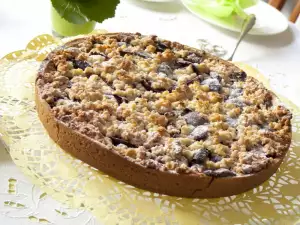
American studies also show that pure intake of prunes can deal with gum problems and even cavities. According to scientists, these fruits contain substances capable of destroying bacteria responsible for the formation of tartar. Nutritionists in turn are impressed by prunes since they are not only healthy but actively aid in getting rid of excess pounds. At the same time they help the body rid itself of so-called "bad cholesterol".
Aside from all this, prunes are quite nutritious and charge the body with energy for a long time. Processes in the human body are balanced thanks to Prunus domestica. Prunes serve as a beauty product. A hair mask made with them restores the shine and elasticity of hair. And if you were to include these fruits as part of a facial ointment, you'll notice your complexion clear up, while your skin becomes softer and smoother. Today, prunes are also used to make different kinds of cosmetic products.
Cooking with Prunes
Keeping in mind the fact that prunes are not only healthy but delicious, we mustn't neglect to mention that prunes are widely used in the preparation of numerous popular specialties. Prune pita, prune pie, prune pudding and pork combined with these unbelievable fruits are just one tiny fragment of all of the culinary temptations you can adorn your kitchen table with. For long years, people have made nectars, syrups, jams, jellies, dried fruits, compotes, liqueurs from prunes. Additionally, prunes are an excellent complement to honey, walnuts, cinnamon and coconut.
Dangers of Prunes
Even though they are remarkably healthy, one shouldn't overconsume prunes. In case you have a more sensitive stomach, excessive consumption of these fruits can cause an undesirable laxative effect.
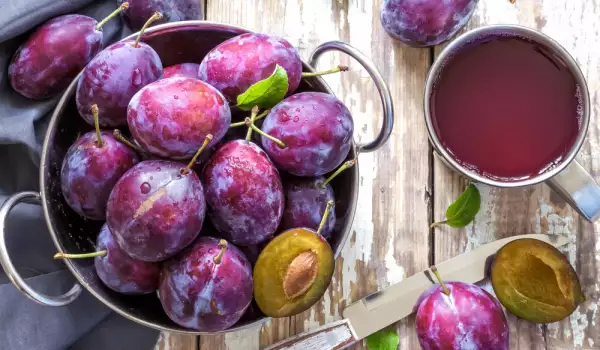
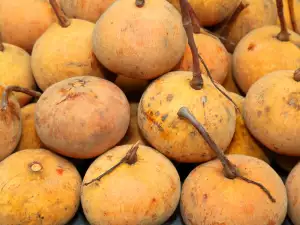
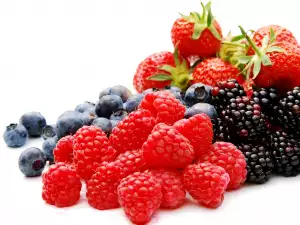
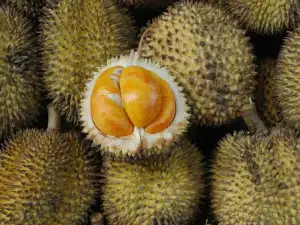
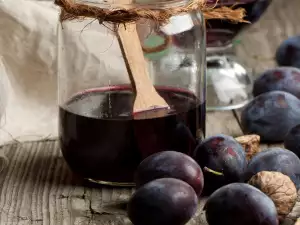
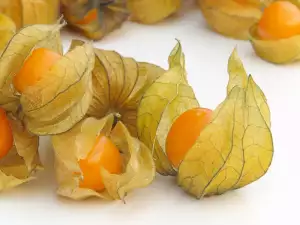
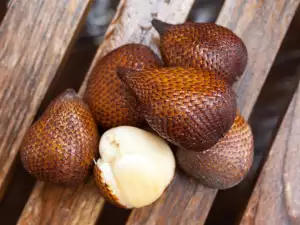
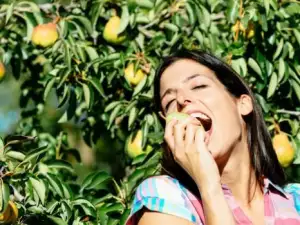
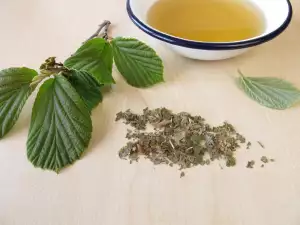
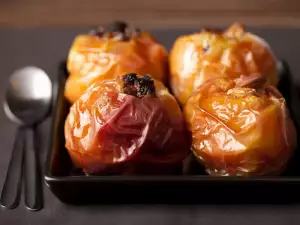
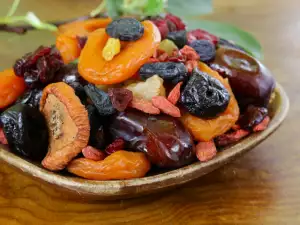
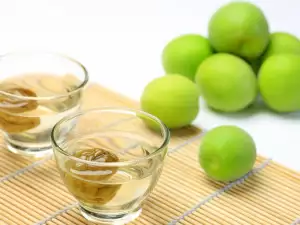
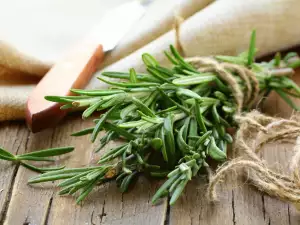






Comments